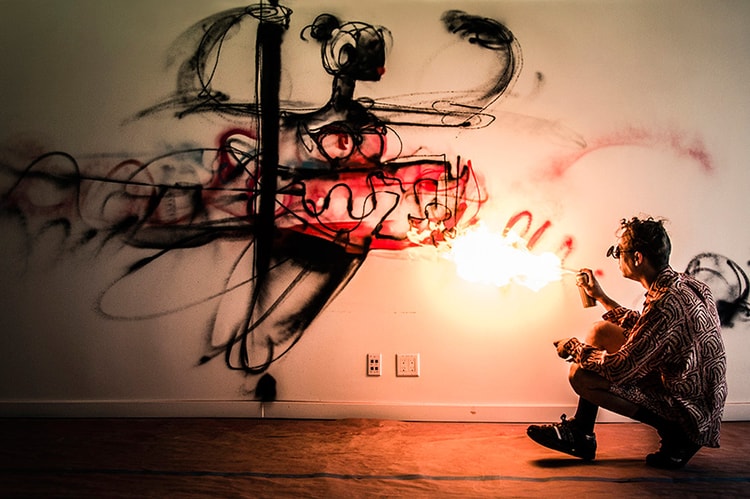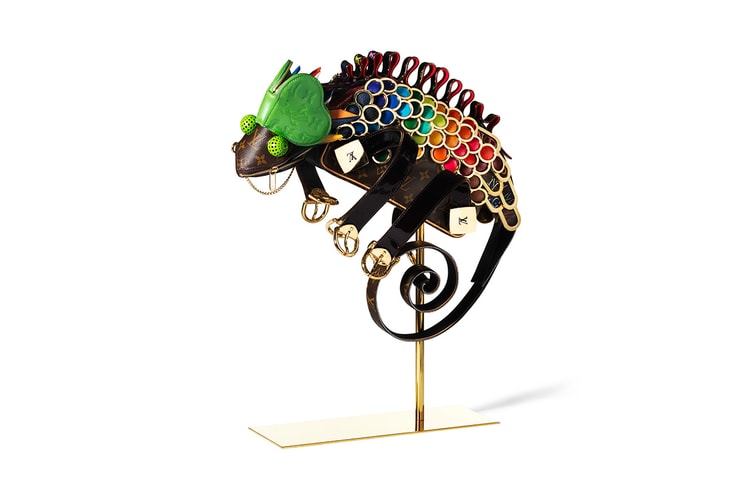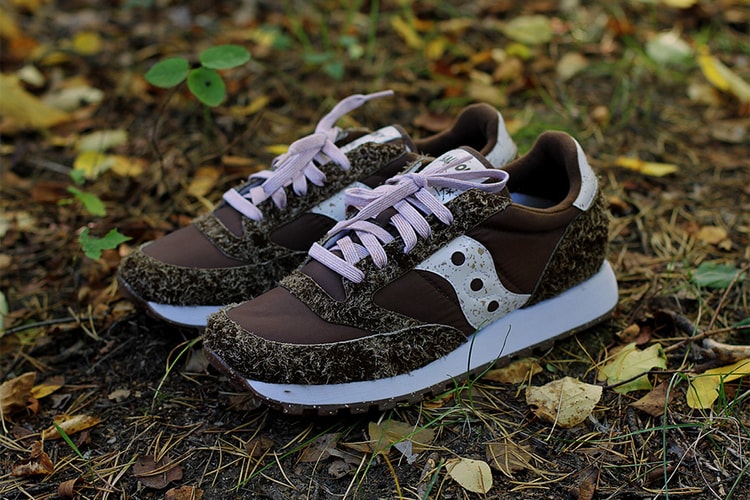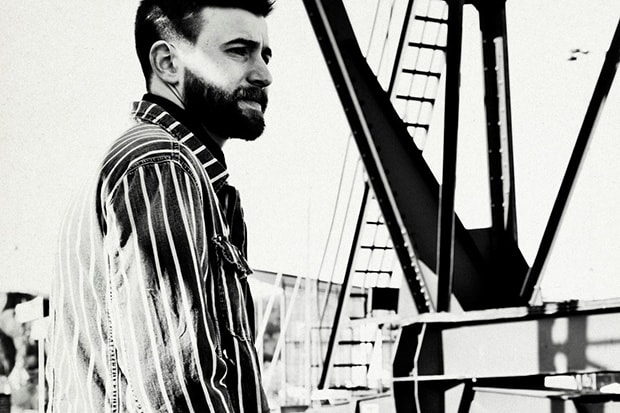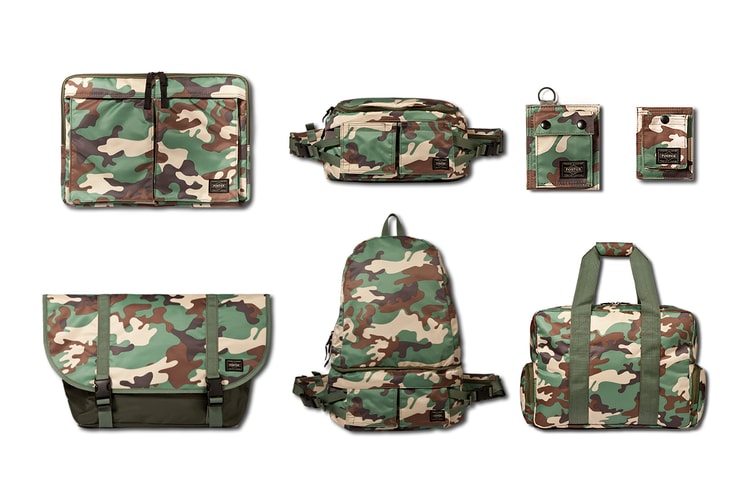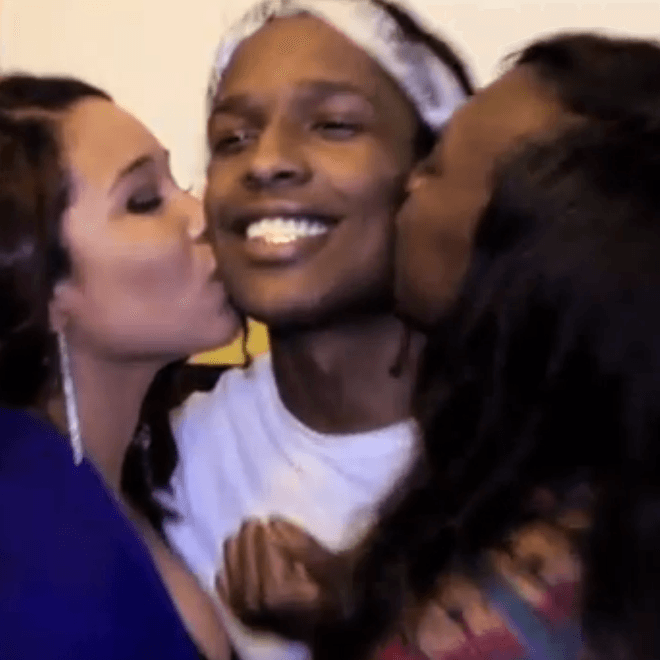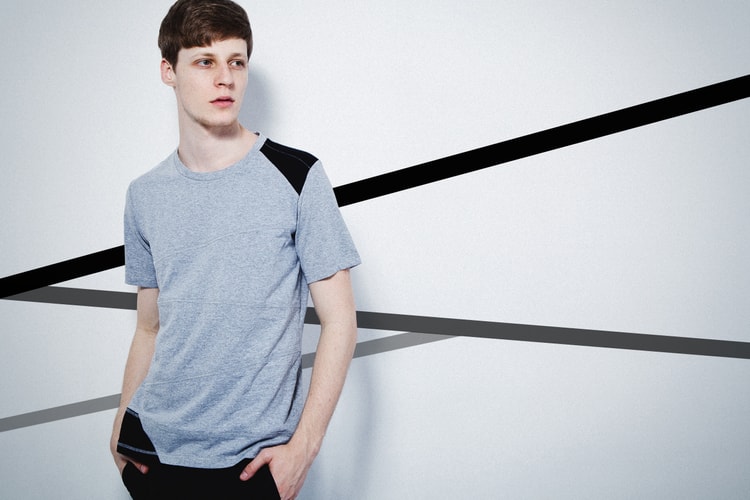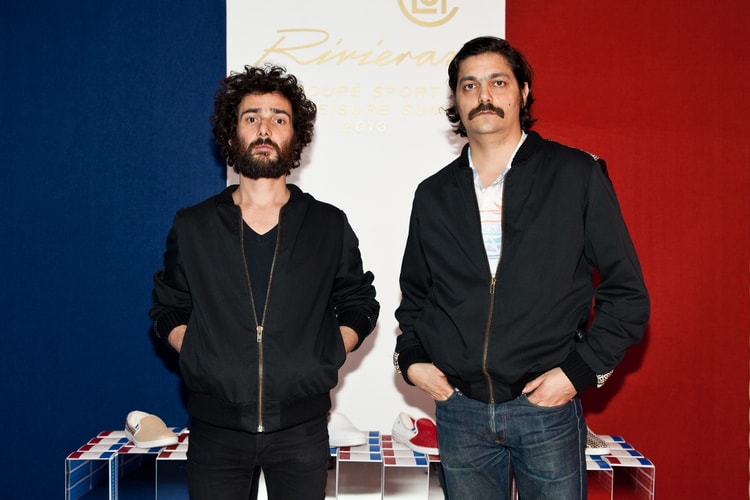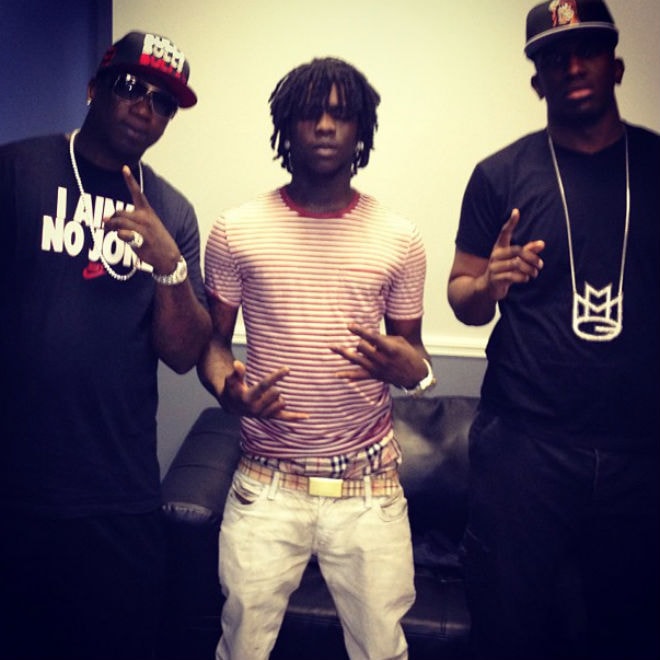IS TROPICAL - Emotive Tendencies
In need of some animation-infused “not suitable for work” music videos? Then hit up UK trio IS
In need of some animation-infused “not suitable for work” music videos? Then hit up UK trio IS TROPICAL for the fix. The Kitsuné signees shook the industries with music videos like “Dancing Anymore” or “The Greeks,” or the sensual “Lies.” However, there’s much more that the band deserves credit for. Their previous releases, such as the Flags EP or their full-length debut Native To , are an entertaining explorations into the complex fields of electronica-inspired indie rock, funk and dance music. The band now returns with their second album I’m Leaving on May 20. Produced by Luke Smith, known for his distinguished work with Foals, Depeche Mode, IS TROPICAL is expanding their sound repertoire by adding early-’70s psychedelia and British pop. We caught up Simon Milner, Gary Barber and Dominic Apa in Hong Kong, where they were spinning for ‘Kitsuné Club Night’ and talked about their musical style, impressions of Asia, their provoking music videos, and much more.
Give us a brief intro on how you guys met, and how you ended up with Kitsuné?
IS TROPICAL was formed in a dank basement in South London. The story is old and very well-documented — an aggregated list of real/fake versions of our origins can be found via search engines such as Ask Jeeves or AltaVista.
Who are your musical influences?
We are influenced by a lot of varied music but some favorites are The Make Up, Poolside, Youth Lagoon, DRUGZNDREAMZ, Beach Fossils, Mohanik, Civil Civic, Visions, Dolby Anol … the list goes on. When we’re in the tour van we like to just go for straight-up high energy pop stations; when Gary’s really really drunk he puts on a lot of Roy Orbison. We had Louis Prima and The Cars on while we grilled some dogs yesterday.
What was it like working with Jimmy Robertson on Native To? Was he open to the way you guys wanted the album to sound or emend certain part to his own accord?
Jimmy had the philosophy of letting us sort of happily stumble into our debut — he would let us try anything we wanted and he had loads of ideas to keep things frenetic. Back then we were experimenting with different sounds and we’ve always liked to incorporate a few different genres into what we do; Jimmy sort of herded us like cats in that studio — excitement and enthusiasm was the order of the day.
With the release of FLAGS, what did you want to carry in this EP that Native To was perhaps missing?
The FLAGS EP was made at a time when we were looking towards recording the second album, rather than being stuff left over from Native To. The idea was to exorcise some of the demo(n)s we had floating around that didn’t fit as well with the general idea we had for the record. They were songs that had more of the electronic vibe and ones we knew we wanted to keep as instrumentals. Knowing we wanted to make a more live, bandy album next meant it was the perfect time to sort of vomit a couple bangers out with some close friends (Visions, Get People, Owen Pratt, etc.).
Your art/visuals are often thought-provoking yet humorous. What is the reason/motivation behind this approach/style?
A good light show has been really important to us since the start. We’ve always thought about the live show as a ‘performance’ – and good lights are one way to keep people locked into the music. The visual component to a lot of our music is all about having fun though, as there’s nothing worse than a band that comes across as sinister or boring. The cover of South Pacific for example is pretty ‘dark’ — the little sister of one of our friends was roped into having a cuddle with a skeletony-figure; nothing about that is intrinsically humorous but the whole thing just works like that. The Greeks is similar — we wanted to convey the ‘gang’ element of the band with the leather jackets we always wear but getting a kid to do it makes the whole thing seem playful with an eye to the future. No one wants to constantly look at our haggard faces in press shots and covers, so let’s promote a 9-year-old kid to gang leader instead.
With the release of I’m Leaving around the corner, what can you tell us about the album?
We were super happy to finally work with our old buddy Luke Smith, who’s been on the wishlist for a while. We wanted the album to capture what the last couple years have been about for us — we got to go around the world and do all kinds of different stuff and this album is in some ways a celebration of all that. We were conscious of not over-egging it, so it’s more stripped back than Native To — there’s a lot of raw emotion on it, too. Without realizing it, I think we came to a point when we got into the studio where we just felt like a band. So there’s a lot of harmonies and we concentrated on really capturing the spirit of our live show there. The phrase ‘coming-of-age’ is banded around a lot when people talk about their second album so we kind of aimed for the opposite… I’m Leaving is more celebratory than reflective in its attitude. The songwriting has matured a bit (inevitable, really) so we put ourselves in a place with Luke where we could have thought of this as our debut again. We wanted to make a record that sounded like it came from an exact place and time. We’re encapsulating a lot of time spent on the road with our mates, hearing anecdotes from visiting weird places, and that feeling of something being started once the lights do go down.
When writing music, is there a specific process you guy follow or do you just play it by ear?
The process isn’t too specific but we definitely have fallen into a sort of pattern. Usually we start on our own and bring an idea to the table once we know where it’s going to go — constantly making up riffs and sort of arranging it later makes things seem less calculated. The main impetus for us when we get serious about songwriting is telling these disjointed, slightly skewed stories — we each know what our strengths are so we still all have an equal hand in guiding a song to its finish — it’s a lot easier to finish a song together and to start them alone. If a song has a really simple idea at the center of it, sometimes we surprise each other with a choice melody or a rhythm that the others wouldn’t think of.
How do you evaluate the development of indie-electronica as a genre in recent years and its overall perception?
Not sure who fits into that sub-genre but electronic sounds are definitely getting a bit less brash recently — electronic music kind of went through a bratty phase when every sound had to be more aggressive than the last, and the potential for creating an interesting sound sort of overtook the consideration of what that sound was doing to serve the song. We really like the texture that an old synth can give to a song — enough time has passed since the first true electronic music in the ’70s that synths and electronic timbres have their own identity. Instead of being gimmicky, they’ve definitely started to take on their own associations and that makes it more exciting to use synths in a way that pushes a song into the present rather than harking back to the ’80s or whatever is fashionable at the time.
What’s the worst and what’s the best thing about touring?
The best thing about being on tour is the camaraderie that develops as you travel together for a while. Timezones come and go — the comfort of being chilled at home on your favorite chair or whatever is replaced with the familiarity of seeing the same bleary-eyed faces again and again. The worst thing about being on tour is any time the real world sort of penetrates that bubble you’re in — a nightmare about leaving the oven on or a call from the landlord that puts that blithe sense of adventure into horrible perspective.
What are your impressions of Asia so far?
Asia comes across as a huge, huge part of the world that seems to span many different things. The feeling you’re slightly out of your element never get’s old and Asia is a great place to immerse yourself because it can be at once familiar and strange. The people are very inviting and everywhere we’ve played in Asia there’s a sort of welcoming approval once the locals figure out you’re engaged with the place.
What do you do when having writer’s block?
Go outside, smoke and don’t worry about it. There’s enough good art in the world that everything would be absolutely fine if one person didn’t produce something for a while, so don’t force it. Creating things has to be a reflexive process — all it takes is a new experience or thought to come into your brain and then you’re back on track.



